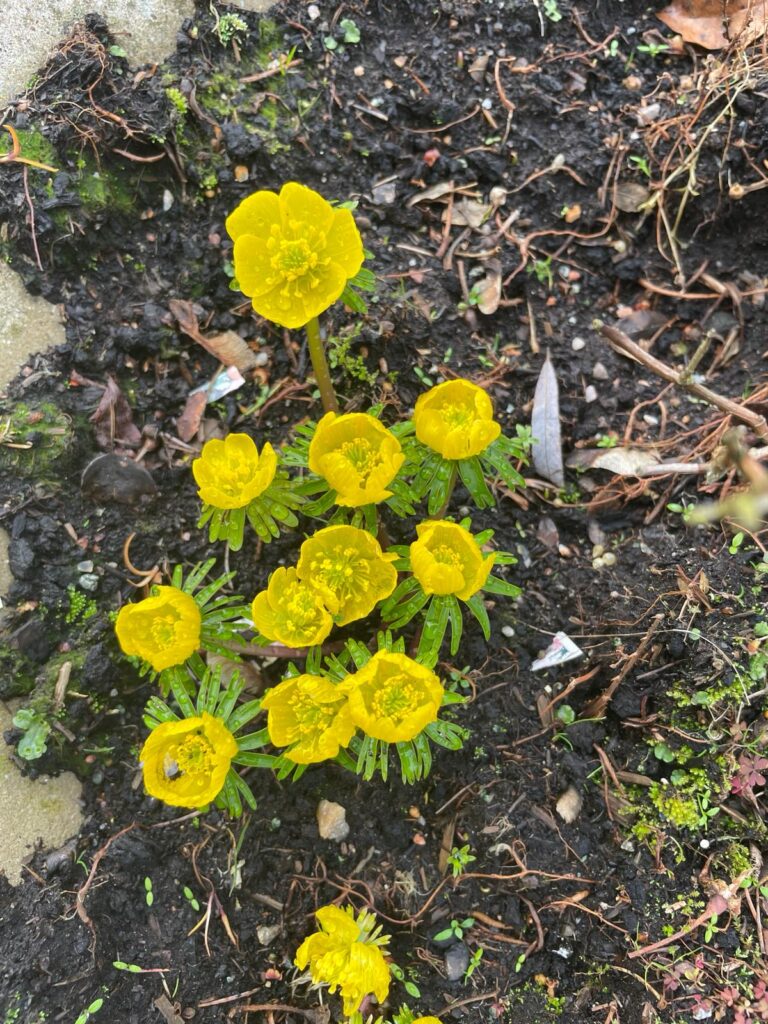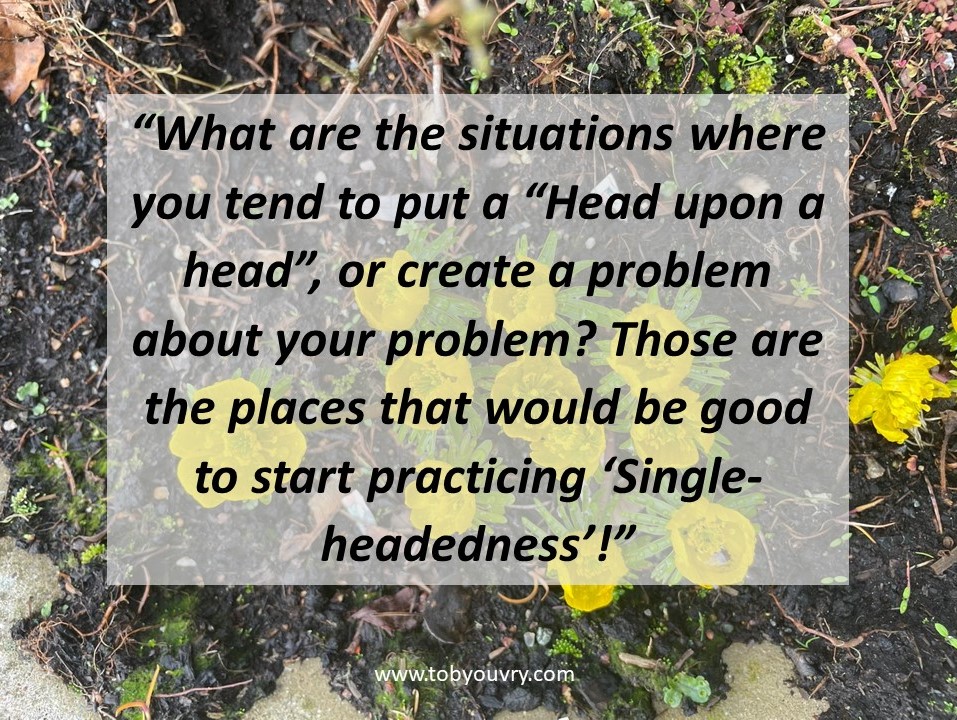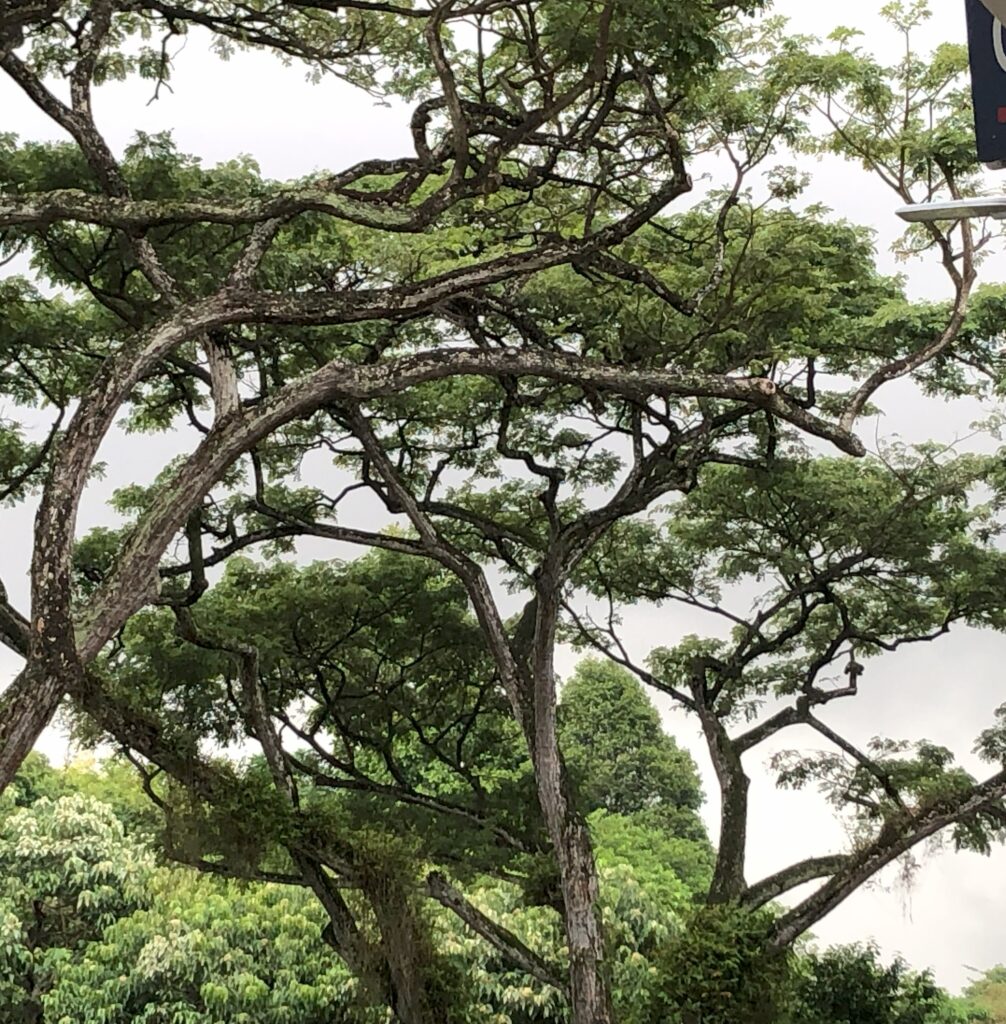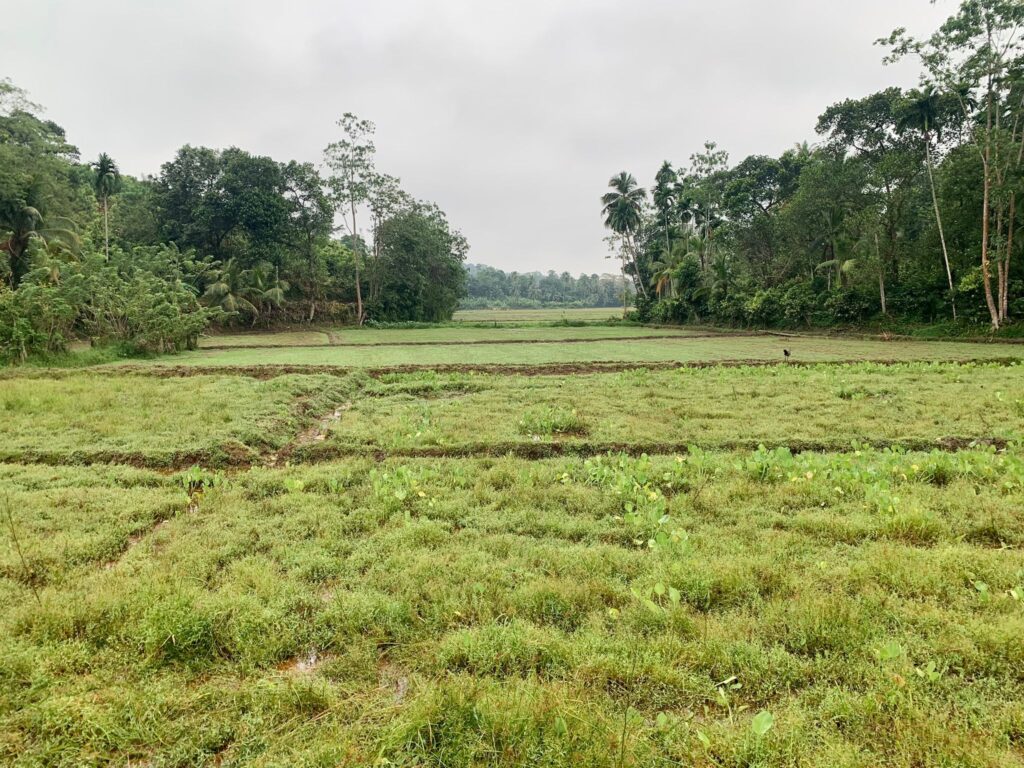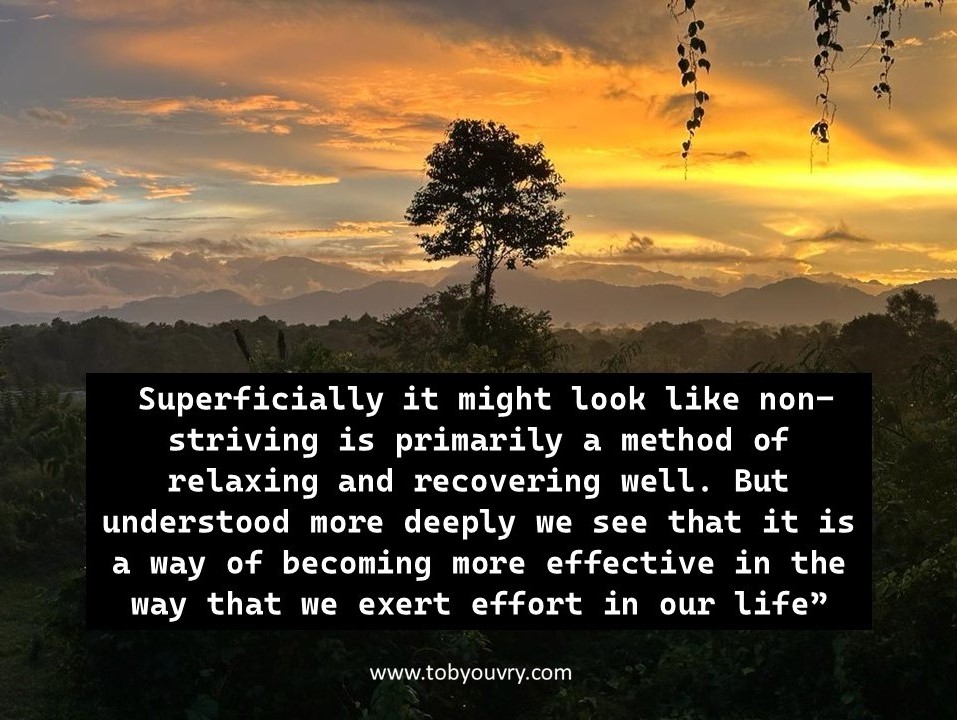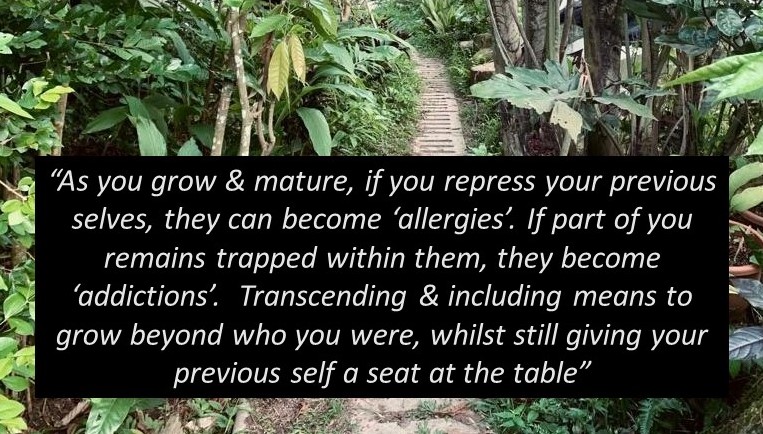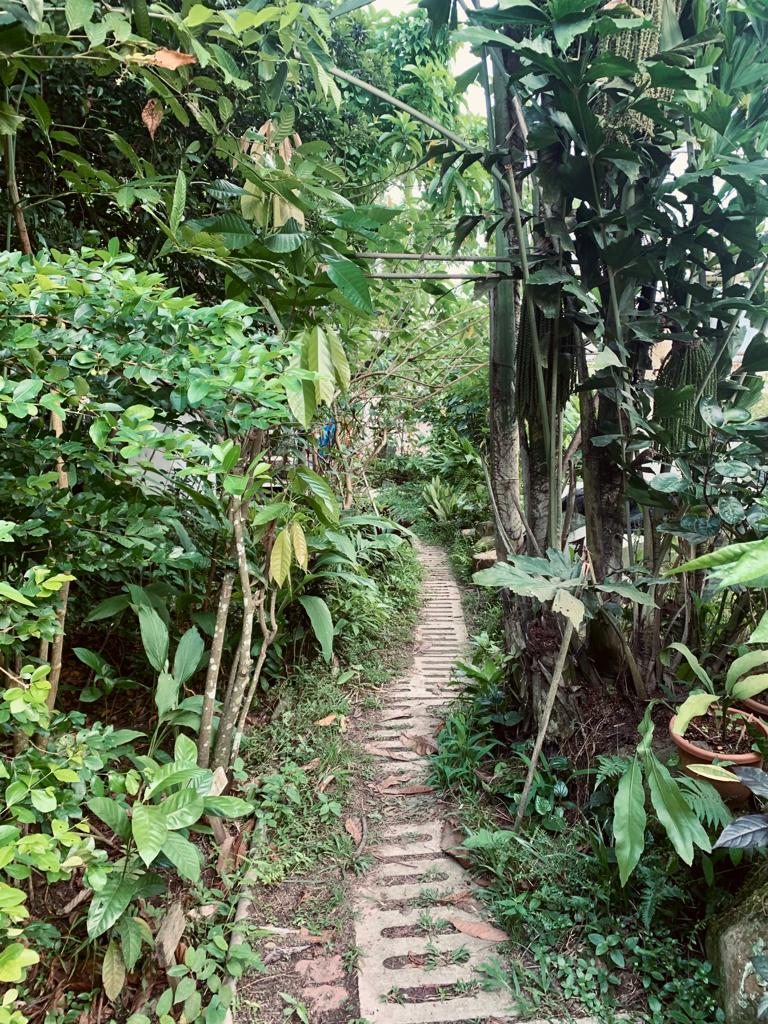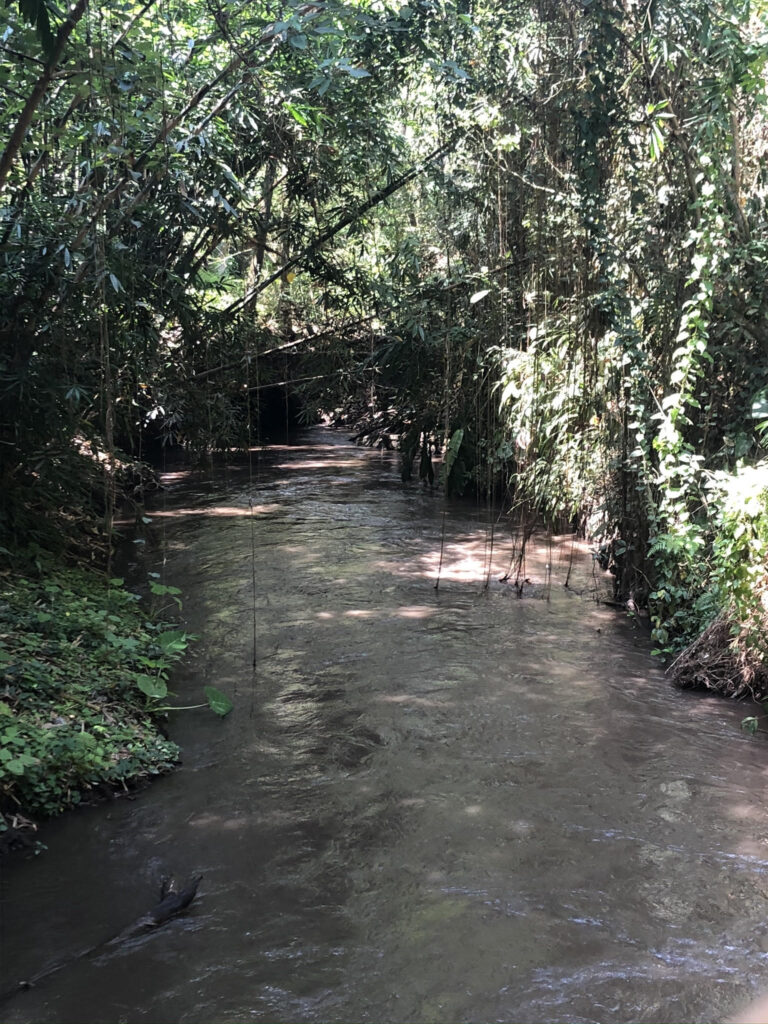“Mature imagination combined with consistent action can make you an “unstoppable force for the good” in your life, opening up possibilities that surprise & delight you & those around you”

Dear Integral Meditators,
Imagination is the power of your mind to create mental images & ideas. About yourself, your life, & what is possible. Its potentially a superpower, but used in the wrong way it can create all sorts of problems. In the article below I talk you through how to start to harness its potential mindfully.
If you enjoy the article, it will be the subject of this week’s Tuesday & Wednesday class. You are welcome, live or online!
Quick heads up, I have just put up the Integral meditation deep-dive mini-retreat for the morning of May 25th
In the spirit of mindful images,
Toby
Mindful imagination – From superstition to manifestation
Our imagination is one of our superpowers, but it can also be a crippling limitation for some people and a debilitating distraction for others. In this article I’ll tease apart these different types of imagination, and offer a way of ensuring that your imagination is more of a superpower for you than a liability!
How and where does our imagination start in life?
Our capacity for imagination (image-creation within our mind) starts around 18 months. At this stage we are only able to think from our own perspective, and our sense of the world is that it revolves entirely around ourselves (!) It consists of, instant gratification & magical/fantasy thinking.
- I want milk, an image of milk appears in my mind & I cry so that it appears, which it does, because a parent brings it
- I believe if I think of something it will come true
Of course we grow beyond this type of imagination, but it continues to show up for many adults in different ways, for example:
- Fantasies of ourself being incredibly special & unique, famous stars, with the world at our feet
- Superstitions thinking: If I think something it will come true, if I see a black cat I will have bad luck, if I stick a pin in a doll of someone they will be harmed by it (‘vodoo’ type beliefs)
- Excessive indulgence in things like online shopping, I click it and it comes it me. Other types of easy, instant gratification activities
What happens if it stays that way?
Then our image making capacity as adults remains severely limited, and cannot be released for mature acts of creativity, problem solving, goal setting, leadership envisioning and so forth. It makes it very difficult to forge a meaningful path and achieve significant things if our image-making capacity is continually distracted by child-like fantasy.
How we can develop dysfunctional imagination as adults
As adults we can also develop ‘imagination-malfunction’ when we think from excessive fear, limitation, or dystopia.
- We create images of ourself in our mind as a person who ‘could never do that’
- We out picture the ‘worst-case’ scenario in our mind, with no ‘best-case’ counterbalance
- We allow the images we have received whilst growing up to entirely determine our sense of what is possible, and never imagine beyond that
If our imagination is trapped in these patterns then it becomes the thing that is limiting our potential, rather than releasing us into our potential.
How can we release the power of our mindful imagination?
If our imagination is released from the infantile ego-fantasy and self-imposed limitation of the above, then we can use it to grow. We can use it for:
- Mature acts of creativity, and the creation of harmony and beauty
- For problem solving and goal setting, combining this with steady activity towards those goals imagined
- Leadership envisioning: leading ourself and others toward heretofore unimagined possibilities
A mindful imagination exercise
- Sitting in meditation, become aware of the current imaginative activity in your mind. Be curious (and non-judgmental) about how much of it is mature powerful imagination, and how much of it is of the infantile & self-limiting type.
- Try doing the same thing around specific areas of your life, notice the role that your imagination plays.
- Practice acknowledging and witnessing your dysfunctional imagination, with the eventual aim of letting it go and dis-identifying with it
- Practice deliberately articulating your mature imagination in the service of your goals, inner creativity and self-leadership.
Notice how realistic imagination combined with consistent action can make you an “unstoppable force for the good” in your life, opening up possibilities that surprise and delight both you and those around you…
Article & content © Toby Ouvry 2024, you are welcome to use or share this article, but please cite Toby as the source and include reference to his website www.tobyouvry.com
Follow Toby on: LinkedIn, YouTube, Instagram
Integral Meditation Asia
Online Courses * 1:1 Coaching * Books * Live Workshops * Corporate Mindfulness Training *Life-Coaching * Meditation Technology
